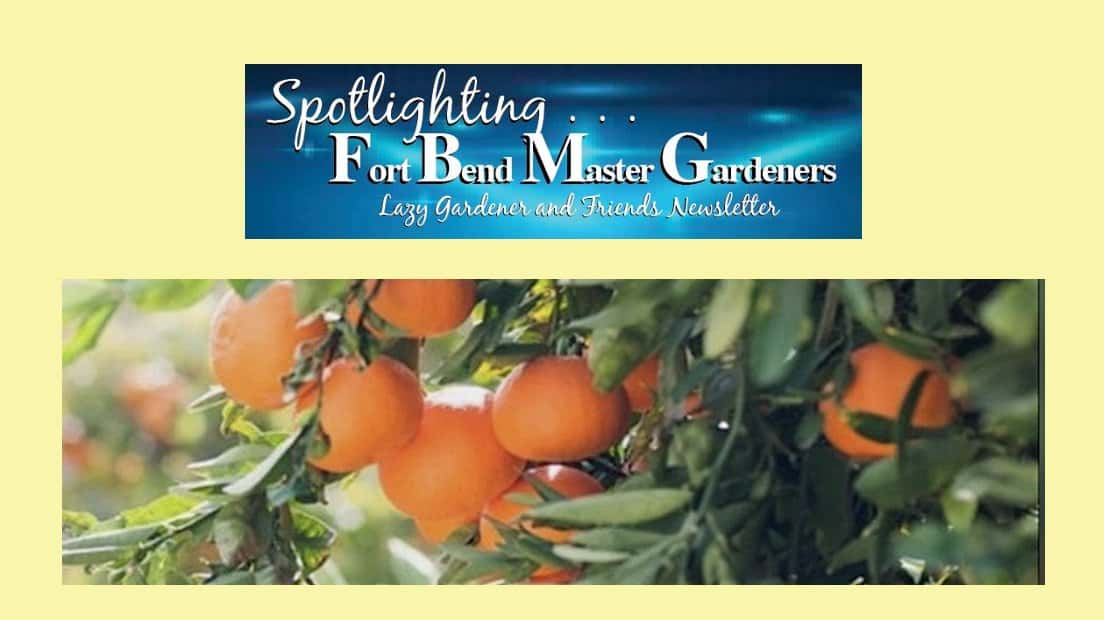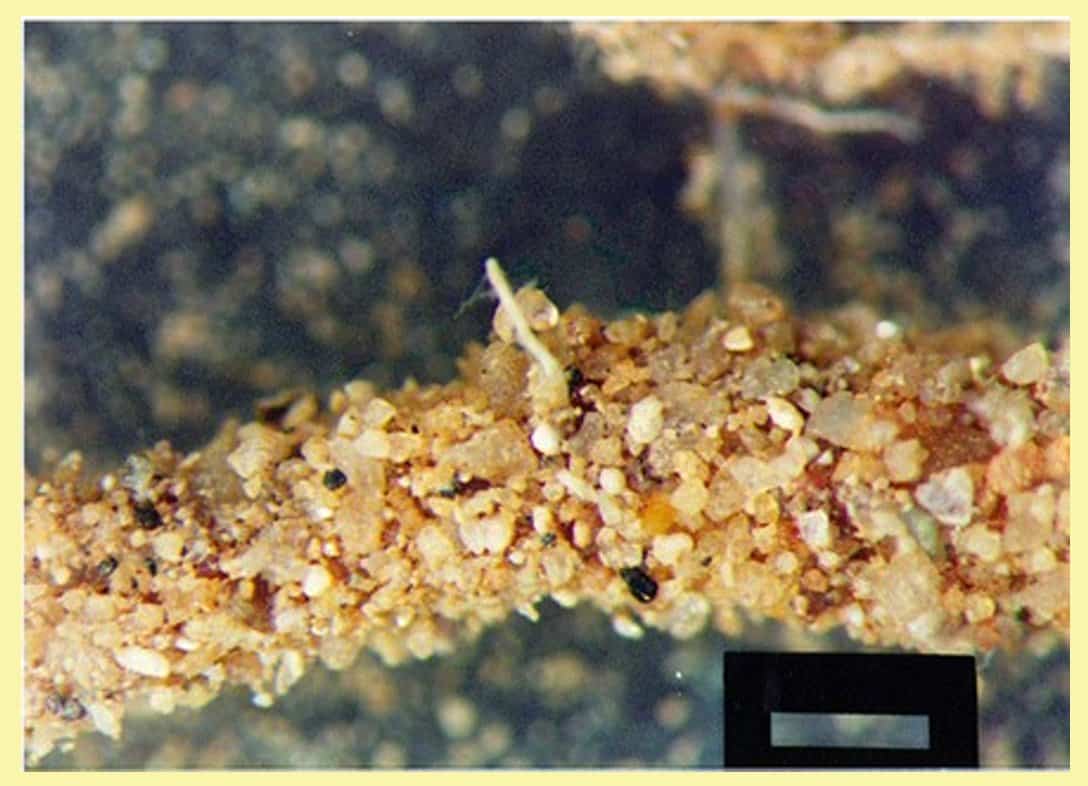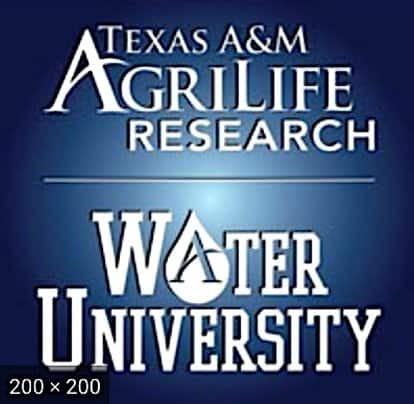

“These winter blooms are nature’s way of reminding us that life never truly goes dormant.” — Unknown
PLANTING TIME FOR CAMELLIAS, FRUIT AND MESEMBS!
By BRENDA BEUST SMITH WINTER’S ABOUT TO MAKE ITS FIRST SERIOUS APPEARANCE! Let’s
think positive. As soon as it passes, gardeners in the know will be back out
searching for new plants.
Summer’s easy, blooms galore to compare when trying to decide what to try. But winter also has its share of great plants that can and should be planted this season — with a little common sense about actual planting!
In our Spotlight Article below, Fort Bend County Master Gardeners come to the rescue when it comes to what questions even experienced gardeners need ask
at our many fruit tree sales listed in our Events Calendar. First, hope you realize how fortunate we are that for fruit trees and also camellias, this is prime planting time both in soil and containers, either temporarily or permanently).
Fortunately, upcoming up first is the SAT., JAN. 20: COUSHATTA CAMELLIA SOCIETY SALE where members will display some of their choice blooms and offer growing advice. (1-5pm, First Christian Church, 3500 N. Loop 336 W, Conroe.)
For tips on camellias in containers, COUSHATTA CAMELLIA SOCIETY PRESIDENT EDWARD ESTRADA recommends reading this article by Rick Bogren (short abridgement below) which offers great tips for our area as well: Camellia japonica:
Flowering generally occurs from Nov.-April on 6’8′ plants with handsome, shiny, evergreen foliage. Now perfect planting time
Containers allow gardeners to cultivate them on balcony, deck or patio and to easily change sites, more public during blooming, evergreen background when not.
So hardy, no need to protect them in winter, unless temperatures will go below 20 degrees (root ball might freeze).
In container, best to grow in smaller pots appropriate to size, gradually shifting to larger pots as they outgrow the current ones.
Stunted growth and too few flowers may indicate plant has become root bound. Repot to only a few inch large pot at a time.
Whatever container you choose, make sure the drainage holes are adequate – camellias cannot tolerate “wet feet.” Gravel layer helpful for drainage in largest containers, but not otherwise
For more tips: — like fruit trees — and buy while you can see the great colors as with camellias.
Full article: get-it-growing/camellias-are-outstanding-in-containers
SAT., JAN. 20: COUSHATTA CAMELLIA SOCIETY SALE, 1-5pm, First
Christian Church, 3500 N. Loop 336 W, Conroe.
* * *

JUST REALIZED YOU CAN’T GET THE PLUMERIA INSIDE? Smaller one
can just be jerked out of the container and thrown in a corner until spring. They’ll be fine. To the rescue for too-big ones comes ALAN RAYMOND, Plumeria Society of America (based in Houston) offers these tips. Gently lay pot on ground. Small branches might break off. That’s ok. Position heat lamp where it’s not touching the plant and below level of frost cloth that will go overhead without touching plant. (stake supports help). Run extension cord to outlet. Test. Unplug. Piping insulation will keep high branches from rubbing against cover (but really not necessary). Cover with frost cloth supported by stakes and anchored with bricks.
* * *

Mesembs — stone-like plants found in South Africa and Namibia in stone, granite quartz., etc. star at HCCS’s WED, JAN. 24: STRANGE MESEMBS by STEVEN BRACK. 7pm, Metropolitan Multi-Family Services Center, 1475 West Gray. Free. hcsstex.org. Rocks reflect away some heat from the sun in summer. In winter when ocks get cold they condense night air moisture, providing trickles of water to keep plants alive in a very dry climate. Rain gauges don’t pick up this condensation so that climate appears drier than actually is!
* * *
PLANNING TO BUY FRUIT TREES? Smart gardeners ge armed with key questions to be sure they get best plants for their situations. In our Spotlight Article below, Fort Bend County Master Gardeners list helpful questions to ask to ask BEFORE purchase. — especially at our numerous upcoming Fruit Tree Sales (see calendar), including FBCMG’S SAT., JAN. 20: GROW-YOUR-OWN FRUIT TREE CLASS and SAT., FEB. 10: SPRING FRUIT TREE SALE. (DETAILS AT END OF ARTICLE BELOW)
* * *
Brenda Beust Smith’s column is based on her 40+ years as
Houston Chronicle’s Lazy Gardener — Email: lazygardenerbrenda@gmail.com Note: This column focuses ONLY on the Greater Houston area.
* * *

QUESTIONS TO ASK BEFORE
By URSULA COOPER & BARBARA BRANNON
FORT BEND COUNTY MASTER GARDENERS
- Will you enjoy your harvest? Pick a fruit tree you, your family and friends will love to eat. The time spent on tree maintenance may not be worth the end product if it will not be eaten
- Pick a tree in the correct USDA growing zone. The Houston/Coastal Bend area is anywhere from zone 7-10. Chill hours also are very important to set fruit during winter dormancy.
- Selecting a planting locationin your landscape is very important. Most fruit trees require full sun and good air circulation to prevent disease and leaf rot. Distressed trees will submit to all kinds of insects.
- How will your fruit tree pollinate? Most fruit trees are self-fertile (self-pollinate). Others require two or more fruit trees of different variety classes to pollinate and set fruit.
- All fruit trees will require maintenance: Watering, feeding, mulching, pruning and insect control and prevention. Climate is always a factor. Watering and mulching in the heat of summer and frost protection in the winter.
FRUIT TREE OPTIONS
Citrus-Lemons, Limes, Oranges, Kumquats (evergreen) etc
Many varieties will grow well in our zone area, but will require frost protection. Great fall and early winter harvest color. Beautiful flowers. Wonderful for patio planting in pots
Figs-Little Ruby, Brown Turkey, etc
Fun and fairly easy to grow, zone 8-10. Full sun and good air circulation. Warm weather fruit. Ripen on the tree. Can be grown from cuttings.
Stone Fruit-Peaches, Plums, Pears etc
Peach varieties fruit anywhere from May, mid-summer, August or early fall. Full sun and good air circulation. Beautiful flowers.
Berries-Blackberry, Blueberry, etc
Wonderful harvest when well-established. Some varieties are not self-pollinating. May need two trees/bushes to set fruit, Will need to be trellised.
Texas A&M Superstar Fruit Trees-detail list on our website; fbmg.org
EDITOR’S NOTE: Fort Bend County Master Gardeners’S two fruit tree events:
SAT., JAN. 20: GROW-YOUR-OWN FRUIT TREE CLASS, 9-10:30am, Bud
O’Shieles Community Center, Rosenberg, Free.Register: fbmg.org 281-341-7068 SAT., FEB. 10: SPRING FRUIT TREE SALE, 9am-noon, Fort Bend County Fairgrounds “H” barn. Shoppers are encouraged to bring their own wagons.
* * *

NEWS FROM THE WONDERFUL WORLD OF SOIL AND PLANTS # 269
Subject: water and soil porosity and permeability.
The Woodlands Water newsletter has a YouTube link to a short video on Texas aquifers that is very good. It is from the Texas Water Development Board and can be found here.
In the video they explain two properties of aquifers calledporosity and permeability. These two properties are involved with soils also. Understanding these two properties is essential to having healthy soil and beautiful gardens.
The photo below shows two different soils, one is granular and one is plate like.
The plate like soil has more open space which is called porosity than the granular soil hence will hold more water or air. However, the pores are not connected and air and water cannot move through the soil except very slowly. Gardeners often refer to this type soil as poorly draining.
The granular soil will have far less pore space (porosity) but water and air will move through the granular soil easily (permeability).

The photo below is a very platey soil that we know as clay. Lots of porosity but very little permability. This is why clay soils are used to line lake bottoms or build the dams.

When water gets into the plates it acts as a lubricant allowing the plates to slide over each other as shown in the slide below. This property is why some clay soils are very slippery when wet.

When our soils have good organic matter content the microbes feeding on and living in the organic matter can help hold the soil particles apart and glue them together to increase both permeability and porosity by producing soil glues called glomalin. The organic matter is also home and food for many species of microbes that helps plants grow.
As shown in the photo below this type soil makes it easy for plant roots to grow into. This allows the plant to spend more of its energy on growth, flowers, and fruit.

The photo below shows a mycorrhizal fungal hypha that colonizes plant roots, produces soil glues that hold sand particles to its body giving the soil some structure. The sand helps protect the fungi from being eaten by other microbes and this process will help the soil resist erosion better.

The chart below from USDA studies shows how organic matter helps the soil
hold water. A good quality compost is one of the best ways to build soil organic matter along with an aged (partially composted) native mulch.

Compaction is a major factor in preventing water (whether from rain or irrigation) from entering the soil. Obviously, compaction reduces permeability and it also reduces porosity so the soil holds less water or air. Think of a slice of bread with all its large pores is light and fluffy. If we squeeze it hard, all the pores are gone and it is harder and tighter and denser (compaction).

Developing good soil structure is the most important part of water conservation in our landscapes and essential to have beautiful gardens. It is also the most cost-effective tool we have.
The benefits are many times greater than irrigation systems, rain water
harvesting, and water reuse combined. By using compost, native mulches, organic fertilizer, and trace minerals, our soil gets healthier and problems decrease.
For example, a topsoil with a 3% organic matter content by weight can have a 60% porosity. If filled with 35% air and 25% water it can hold over 120,000 gallons of water in the top 18” per acre and the subsoil can hold even more! A gardener can save hundreds to thousands of dollars every year just on their water bill.
A great topsoil can have over 8% by weight (25% by volume) in organic matter. This was the organic matter content of the soils of the great plains before it was tilled under for agriculture. It supported enough vegetation to easily feed millions of buffalo and other animals.
* * *

SPONSORSHIP
If you are interested in becoming a sponsor, please contact us at 936-273-1200 or send an e-mail to: lazygardenerandfriends@gmail.com

ABOUT US
BRENDA BEUST SMITH WE KNOW HER BEST AS THE LAZY GARDENER . . . but Brenda Beust Smith is also:
- a national award-winning writer & editor
- a nationally-published writer & photographer
- a national horticultural speaker
- a former Houston Chronicle reporter
When the Chronicle discontinued Brenda’s 45-year-old Lazy Gardener” print column — started in the early ’70s as a fun side-project to reporting, it then ranked as the longestrunning, continuously-published local newspaper column in the Greater Houston area. The name, she says, is not just fun, it’s true. Brenda’s gradual sideways step from reporter into gardening writing led first to an 18-year series of when-to-do-what Lazy Gardener Calendars, then to her Lazy Gardener’s Guide book which morphed into her Lazy Gardener’s Guide on CD, which she now emails free upon request. Brenda became a Harris County Master Gardener and, over the years, served on theboards of many Greater Houston area horticulture organizations. She hosted local radio and TV shows, most notably a 10+-year Lazy Gardener specialty shows on HoustonPBS (Ch. 8) and her call-in “EcoGardening” show on KPFT-FM. For over three decades, Brenda served as Assistant Production Manager of the GARDEN CLUB OF AMERICA’S “BULLETIN” magazine. Although still an active broad-based freelance writer, Brenda’s main focus now is THE LAZY GARDENER & FRIENDS HOUSTON GARDEN NEWSLETTER with John Ferguson and Pablo Hernandez of Nature’s Way Resources. A native of New Orleans and graduate of St. Agnes Academy and the University of Houston, Brenda lives in Humble, TX, and is married to the retired Aldine High School Coach Bill Smith. They have one son, Blake. Regarding this newsletter, Brenda is the lead writer, originator of it and the daily inspiration for it. We so appreciate the way she has made gardening such a fun way to celebrate life together for such a long time.
JOHN FERGUSON John is a native Houstonian and has over 27 years of business experience. He owns Nature’s Way Resources, a composting company that specializes in high quality compost, mulch, and soil mixes. He holds a MS degree in Physics and Geology and is a licensed Soil Scientist in Texas. John has won many awards in horticulture and environmental issues. He represents the composting industry on the Houston-Galveston Area Council for solid waste. His personal garden has been featured in several horticultural books and “Better Homes and Gardens” magazine. His business has been recognized in the Wall Street Journal for the quality and value of their products. He is a member of the Physics Honor Society and many other professional societies. John is is the co-author of the book Organic Management for the Professional. For this newsletter, John contributes articles regularly and is responsible for publishing it.
PABLO HERNANDEZ Pablo Hernandez is the special projects coordinator for Nature’s Way Resources. His realm of responsibilities include: serving as a webmaster, IT support, technical problem solving/troubleshooting, metrics management and quality control. Pablo helps this newsletter happen from a technical support standpoint.
Download the Newsletter with Our Events Calendar Below!

